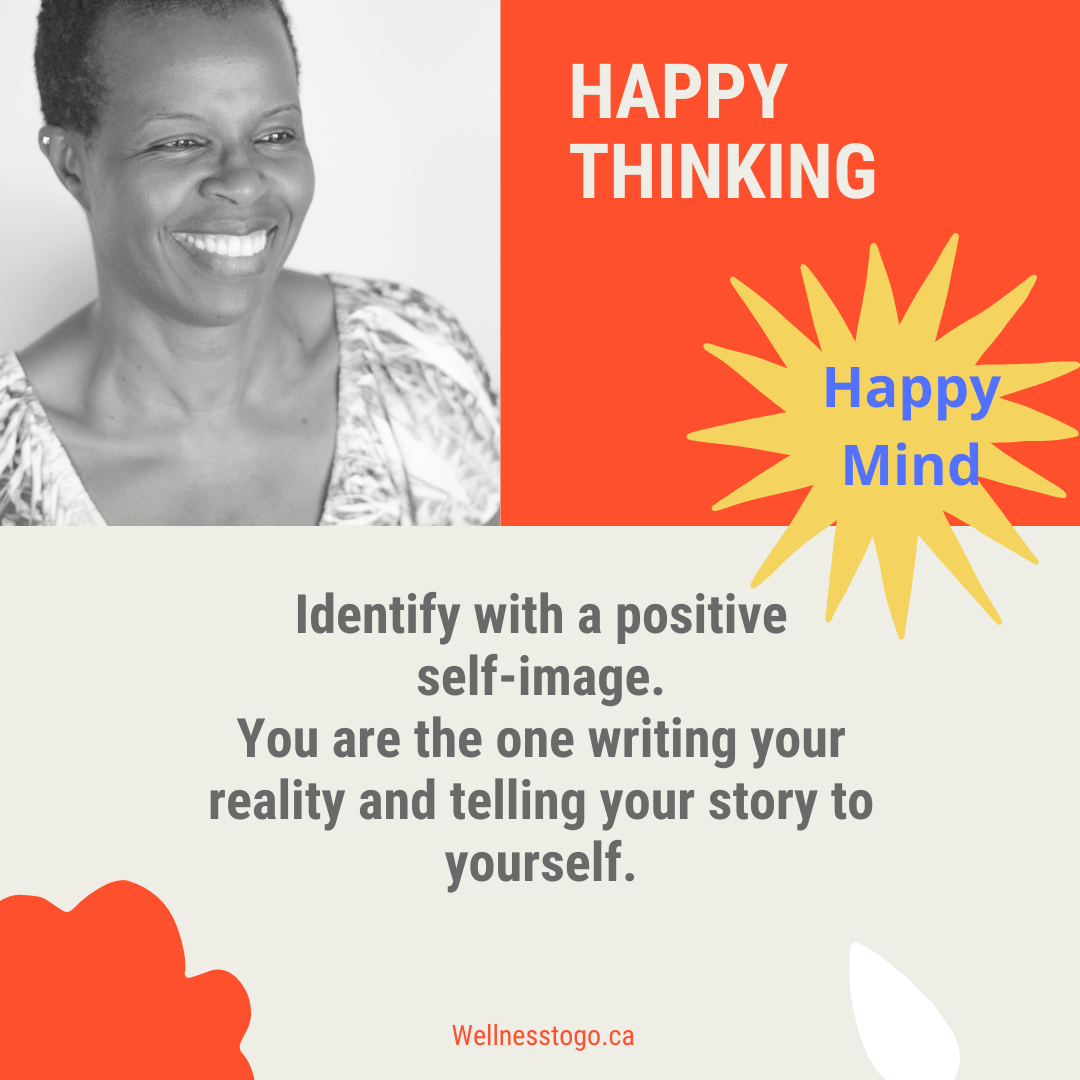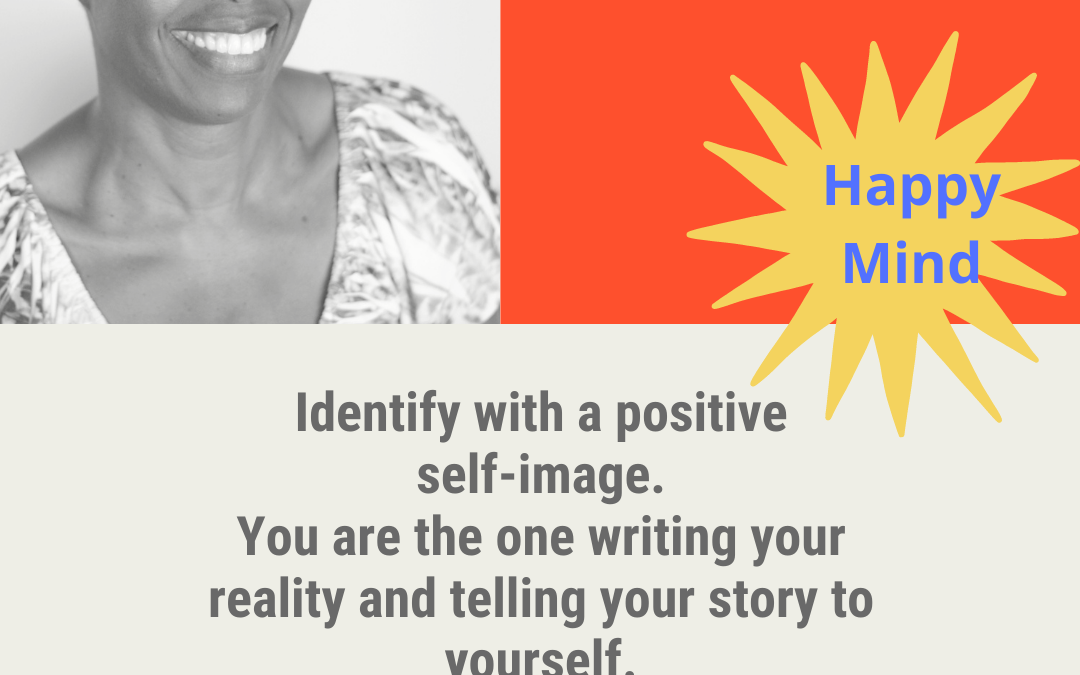3 Steps to Get Yourself out of a Bad Mood

Feeling in a funk or you just can’t seem to ‘get your mojo back?
It’s time to start paying attention to policing your feelings. We do this by becoming emotionally self-aware, which is a fundamental building block to help grow and develop your emotional intelligence.
Well, there’s good news my Peace, Love, and Happiness seeker 😁 once we understand that our feelings are TEMPORARY.
I put the word temporary in capital letters because most times when we are in a downward spiral we tend to think it will last forever, which is not true unless you choose to do nothing about what’s happening in your internal feeling state.
Our emotional intelligence starts with our awareness that we are in a bad mood, possible reasons for why we are feeling this way, how long it’s been going on ( you track the length of time as a reference) this is to prevent you from going into a depression, and finally knowing a solution that will get you into a good feeling mood again.
NOTE: If you understand from the beginning that this is a temporary state of being it might make it easier for you to get through it. THIS IS ALSO A PRACTICED LEARNED BEHAVIOUR for you to develop your emotional awareness of yourself.
How our emotional intelligence can change our Bad moods.
Self-perception, when we understand how we respond to the world around us then we are able to observe what is happening inside ourselves at any moment.
Self-management, being able to regulate our emotions means that we can redirect disruptive emotional patterns and feelings.
Here is a 3 step emotional intelligence technique process to shift your bad mood.
Step One: Observe your emotional response.
When I first started watching the Dr. Phil show years ago he had a catchphrase that I liked, he would always ask the guests “how’s that working for you?” The point was when they observed or acknowledged what they had done or not done so far with their actions, did they think it was helpful?
Ask yourself what emotional responses are you currently doing? This could be a combination of things you say to yourself, to others about what’s happening, and the actions you take. This is a simple process of getting to know yourself.
Step Two: Identify and analyze the underlying reason(s) for your response.
According to psychologists because we are such sensitive creatures it doesn’t take much for us to spiral into a funk of feeling demotivated. We get into a fight with a loved one, or our idea doesn’t get as much attention at work as we’d hoped, or we feel guilt over not getting more done on our ‘to-do’ list. That’s enough to have us snapping at everyone around us and creating a bad mood externally. Now you’ve expanded the bad mood beyond your internal environment. Once you become aware that you are unfairly exerting your internal problem on people and situations that have nothing to do with your feelings, you can now make the choice to manage your response(s) to reflect that new awareness.
A simple way to look at this step is to understand your responsibilities when it comes to your emotional state. Louise Hay and Wayne Dyer are of the belief that no one other than you can make you feel an emotion you don’t want to feel. After years of my own personal struggles with this concept and observing hundreds of my clients tackling the same challenge, I also agree. You decide how you want to feel either good or bad about the situation.
Step Three: Stay Calm and Reduce your Stress
I know this is a combo but they work well together.
According to a study conducted by the Mayo Clinic, increasing oxygen in our bodies slows down our stress response and helps us feel more relaxed. Once we feel more relaxed we can think more optimistic thoughts to counter the bad mood we’re in.
You can take deep breaths as you make your choice of which emotion you will experience. Next, you can reduce a deadline packed day or prioritize a slower work week to change the pace and still get things done.
And finally, you need to do what I call the follow-through. Which is to take the necessary steps of consistent deliberate actions to create a change in your emotional behaviour.
When you commit to this practice of feeling better or being in a good mood you develop the skill set that makes it easier for you to get out of your funk.
Here is an intellectual ‘Kick in the butt’ to get you working on yourself.
Listen to this video by Canadian clinical psychologist Jordan Peterson titled How to Improve yourself right now (and why)
Follow me over on IG for more tips on Getting Happy and managing your emotions
